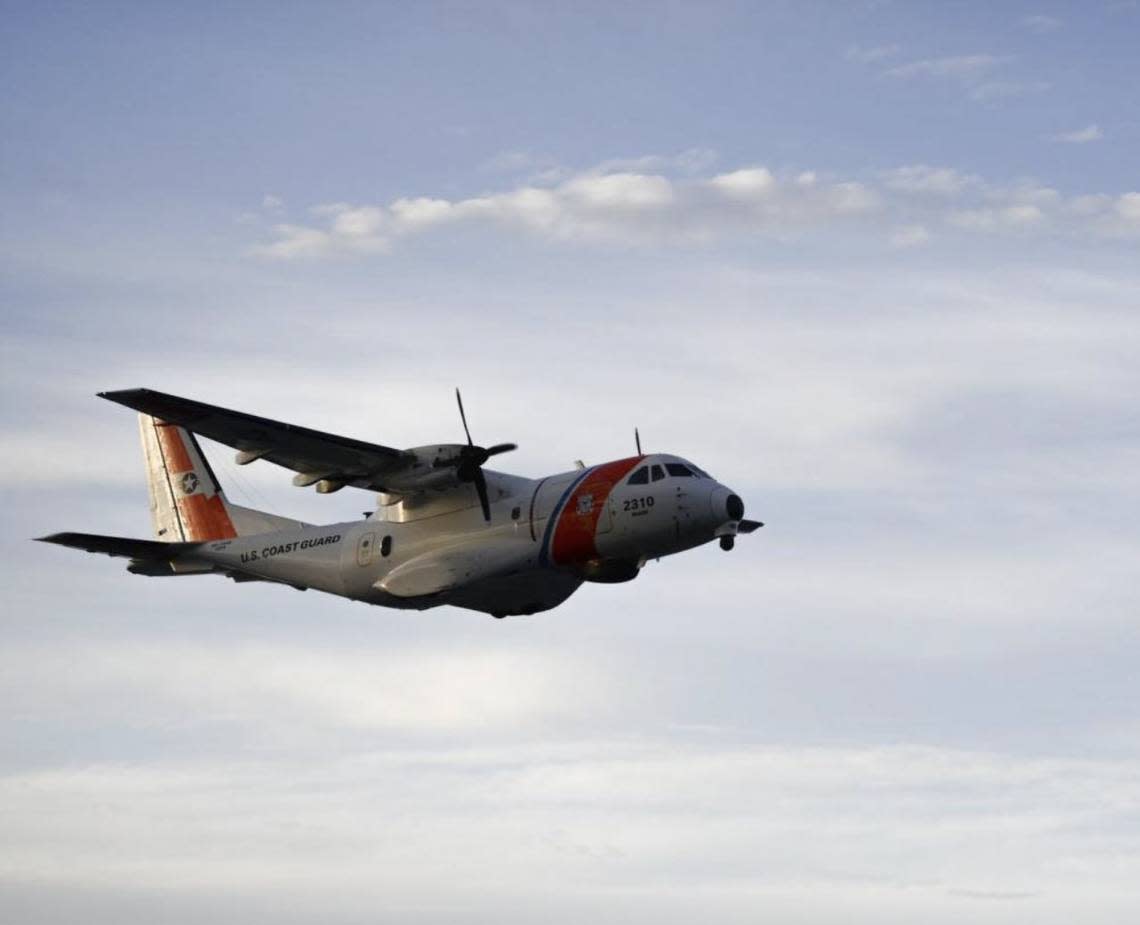Boat with 21 aboard capsizes off the Florida Keys, and several migrants are missing

U.S. Coast Guard crews launched a search for two missing people the agency says were among a group of 21 whose migrant boat capsized Wednesday off the Florida Keys.
Civilian boaters rescued 19 people from the boat about 40 miles off the coast of the Middle Keys city of Marathon, the Coast Guard said in a statement on Twitter.
Four of the rescued were transferred to local fire-rescue crews to be checked for unspecified medical conditions. The Coast Guard on Wednesday declined to comment on the migrants’ nationalities.
Also on Wednesday, the Coast Guard announced it had suspended its search for nine missing people from Cuba whose boat capsized off Lake Worth Beach in Palm Beach County. A 10th member of that migrant group was rescued and told the Coast Guard they spent almost 10 days at sea.
The Coast Guard said it searched a total area of 2,485 miles before calling off the search.
“Our condolences go out to the loved ones of those lost at sea,” the agency said in a statement.
South Florida is in the midst of the largest surge of arriving migrants in nearly a decade, with the Keys being the most frequent landing spot.
On Wednesday, the Monroe County Sheriff’s Office said a group of between 20 and 25 Cubans arrived on Big Pine Key in the Lower Keys. Last weekend, the U.S. Border Patrol said in a statement that 98 Cubans arrived in several migrant landings up and down the island chain.
Since Oct. 1, the start of the fiscal year, the Coast Guard has stopped nearly 3,500 people from Cuba at sea along the Florida Straits. At this rate, at-sea stops are on track to triple last fiscal year’s total — 6,182 — which was already the highest number in eight years
Cuba experts say deteriorating political and economic conditions in the island country are behind the exodus.
Like the days of “wet-foot, dry-foot,” a policy toward Cuban migrants that ended in January 2017 allowing those who stepped foot on U.S. soil to stay in the country — while sending back those caught at sea — most Cubans who’ve reached land in the past two years have been able to remain in the country pending a removal process that can take years.
This is because of the overwhelming numbers of people reaching shore who have to be processed and because the Cuban government has not accepted deportation flights from the U.S. government since 2020. Those stopped at sea, however, have almost all been placed on a Coast Guard cutter and taken back to Cuba.
